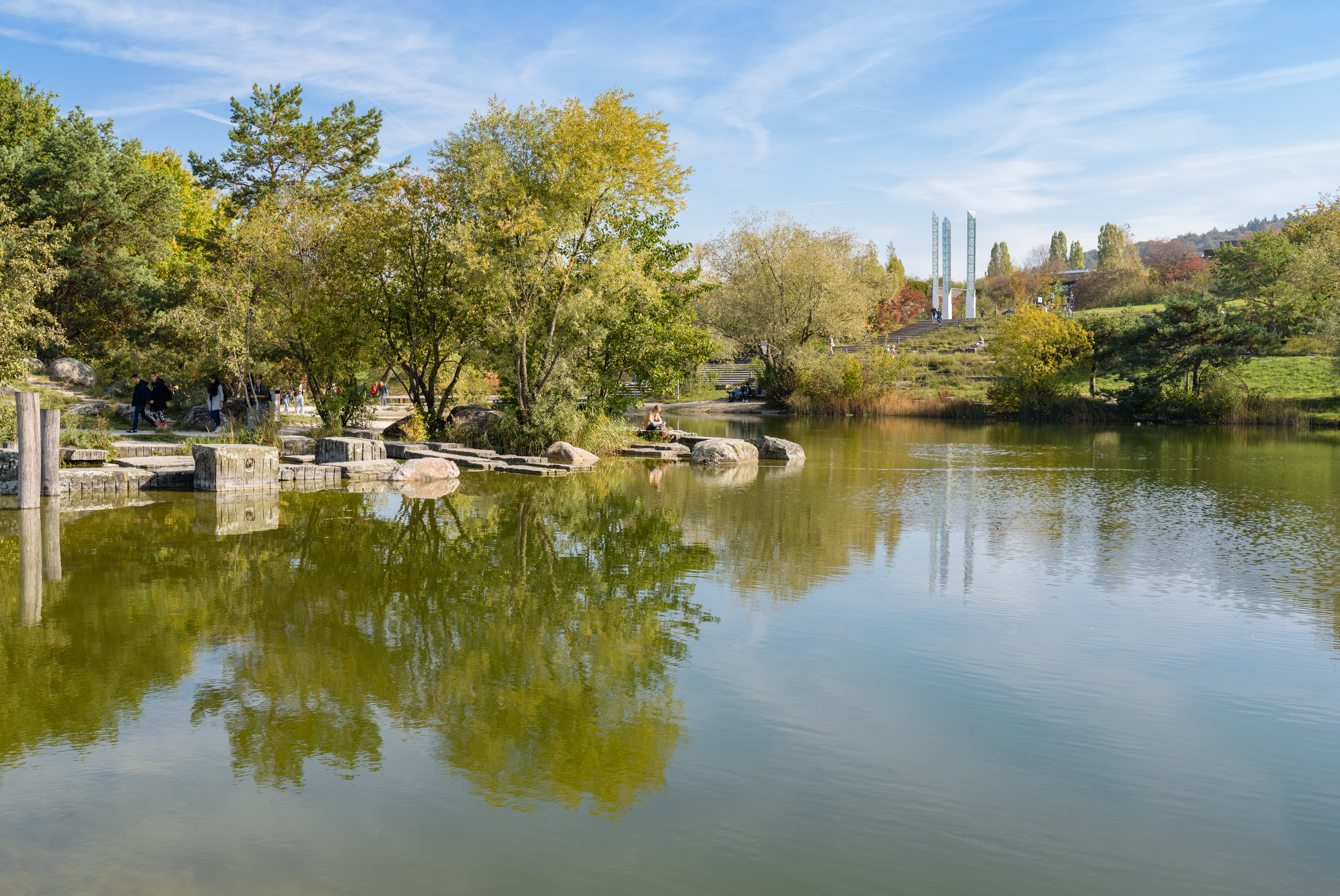Navigation auf uzh.ch
Navigation auf uzh.ch

In the Implementation Strategy 2030 for the Sustainability Policy, UZH has set itself the goal of maintaining its sites according to criteria of high and site-appropriate biodiversity. For this purpose, the Executive Board has adopted the "Guideline Biodiversity on UZH Sites". The guideline's primary goal is to promote plant and animal biodiversity and to protect ecosystem functions and processes on the sites used by UZH. It contains general guidelines that apply to maintenance by both UZH employees and contracted third parties. Important topics include the enhancement of lawns, the use of own compost as fertilizer, green roofs, and the construction of shelters or nesting aids.
Guideline Biodiversity on UZH Sites (PDF, 176 KB) (in German)
For more information on biodiversity at the Irchelpark and the Botanical Garden, see the Sustainability Report of UZH.
Sustainability Report of UZH, Biodiversity (in German)